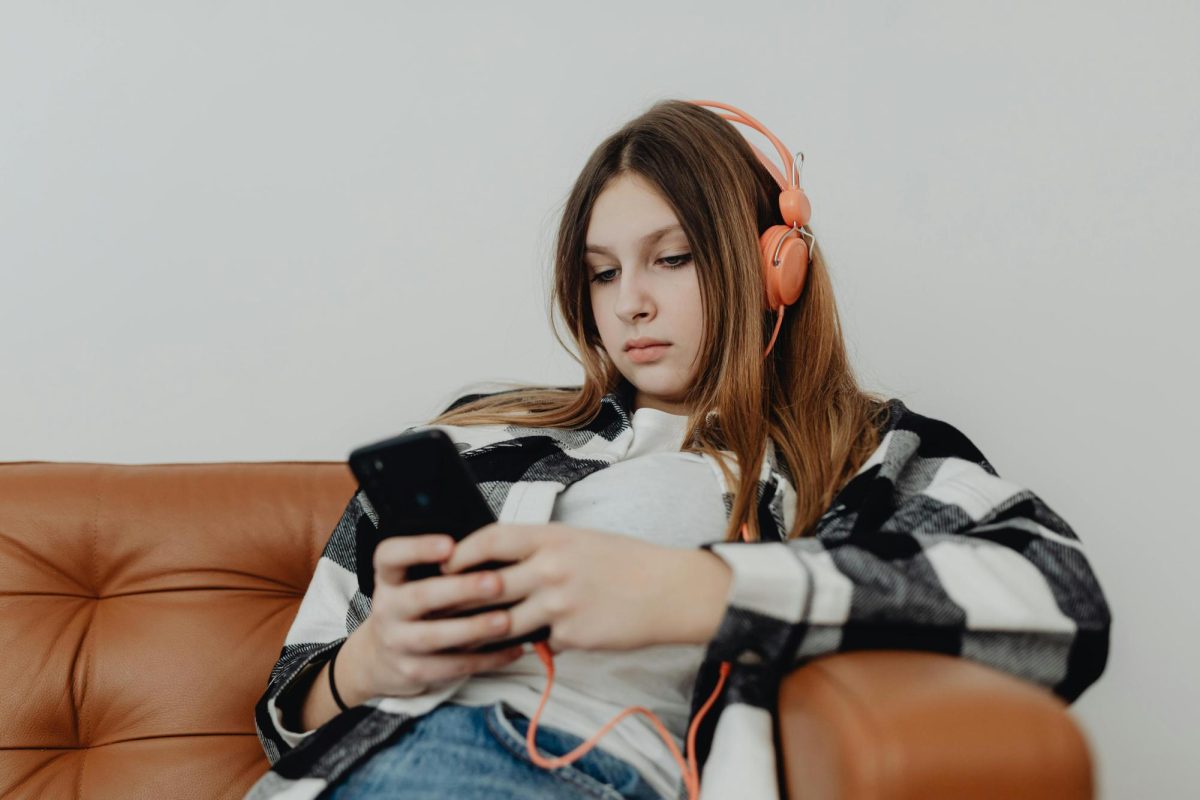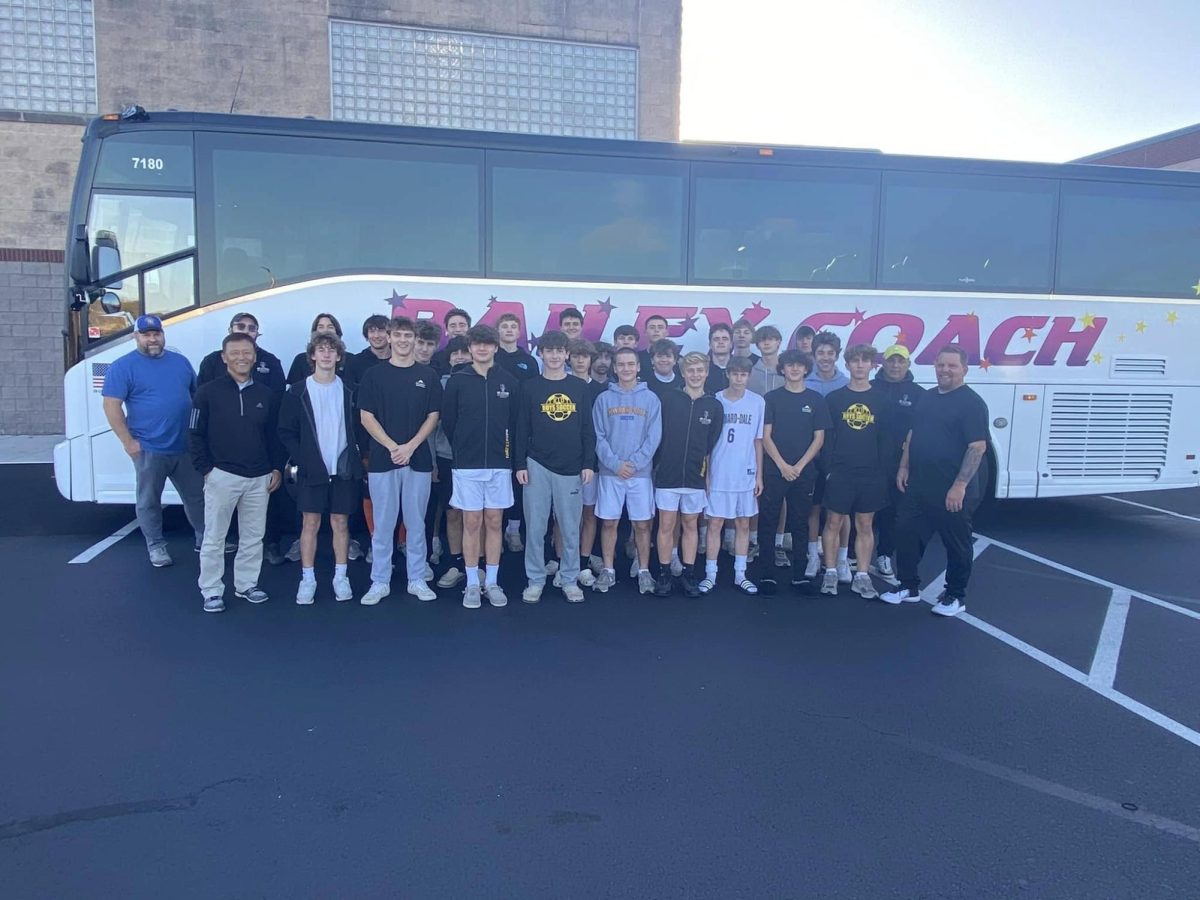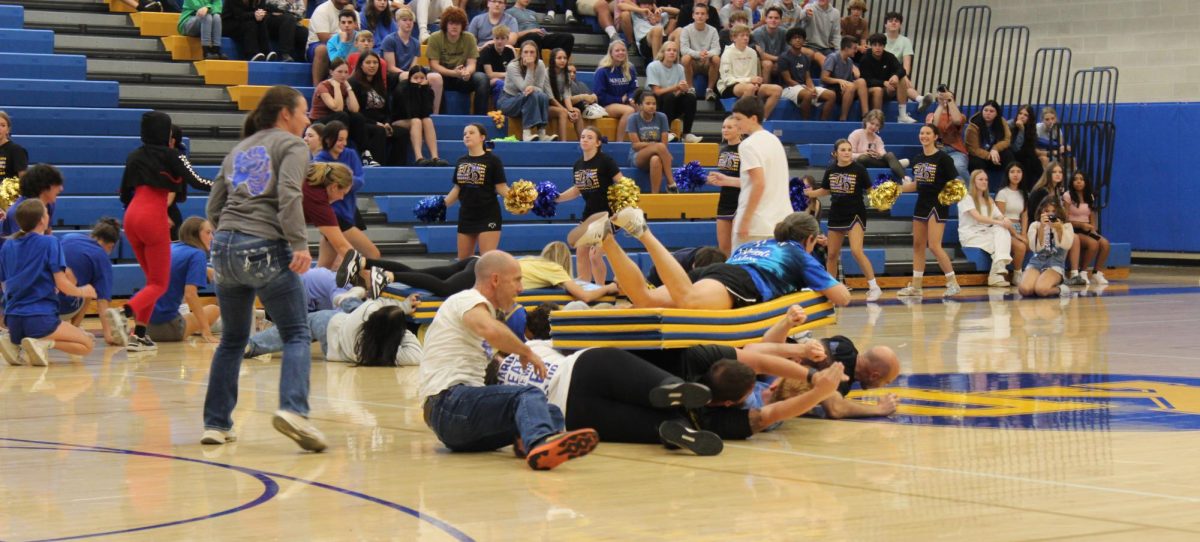As of April 15, our phones and earbuds must be off and away in our backpacks or in the phone pockets located in each classroom. If not followed, the four strike rule will be enforced.
We’ve all heard this reinstated, but what does this truly mean for students? How does this change our day-to-day life?
According to the handbook, “Students may use their cell phone before and after school, during hallway transitions between classes, and during their scheduled lunchtime.”
Well, the policy has existed, but the administration, alongside the school board, invented the strike rule to add consequences to disobeying the handbook. The punishments vary from a simple confiscation of the device to losing the ability to park on school property. While the parking pass doesn’t relate to the devices, it’s a privilege that upperclassmen students see as too valuable to lose.
Teachers are mandated to submit a referral with the sight of any headphones or personal device. This includes headphones connected to the school computer, as well as laptops not issued by the district.
The policy applies for all academic periods, Flex included.
With this being a large adjustment to many students who have had constant access to their phones for the entirety of their high school experience, there are mixed feelings.
“Since I use my phone as a calculator, it’s difficult for me to get my math work done until I get home,” said sophomore Ella Molina.
Others believe the policy will be beneficial to the school’s academic growth.
“More people are doing their work, meaning grades are going up,” said senior Kendalyn Quinan.
Most teachers surveyed are in mutual agreement that the enforcement of this policy has already changed their class environment. Students are forced to lock eyes with their peers, rather than on mobile games.
It’s important to look at the positive side with any large adjustment made.
Other than interacting with the classmates around you, there are other options to be doing during class downtime. Oftentimes, we forget there was a time when there were no phones, and people had to leisurely pass time back then, too.
A few examples of hobbies and activities to take up during free time could be: reading a book, interacting with a peer, drawing, doing crossword puzzles, or coloring.
The activities listed above are all school appropriate and amusing activities that stand in for Snapchatting friends during class.
Personally, I have been getting out of my reading “slump” that I’ve been in for the past few months. I’ve picked out a new novel, and that has made me realize how much I enjoy a good book.
Other teachers have been bringing in their own forms of entertainment. Substitute teacher Mrs. Davis handmade Play-Doh for the students that she’s covering for. She distributes this out during the Flex periods because she believes that students should have something to do with their hands in place of texting.
It’s surely an adjustment, but we’ll get used to it.








